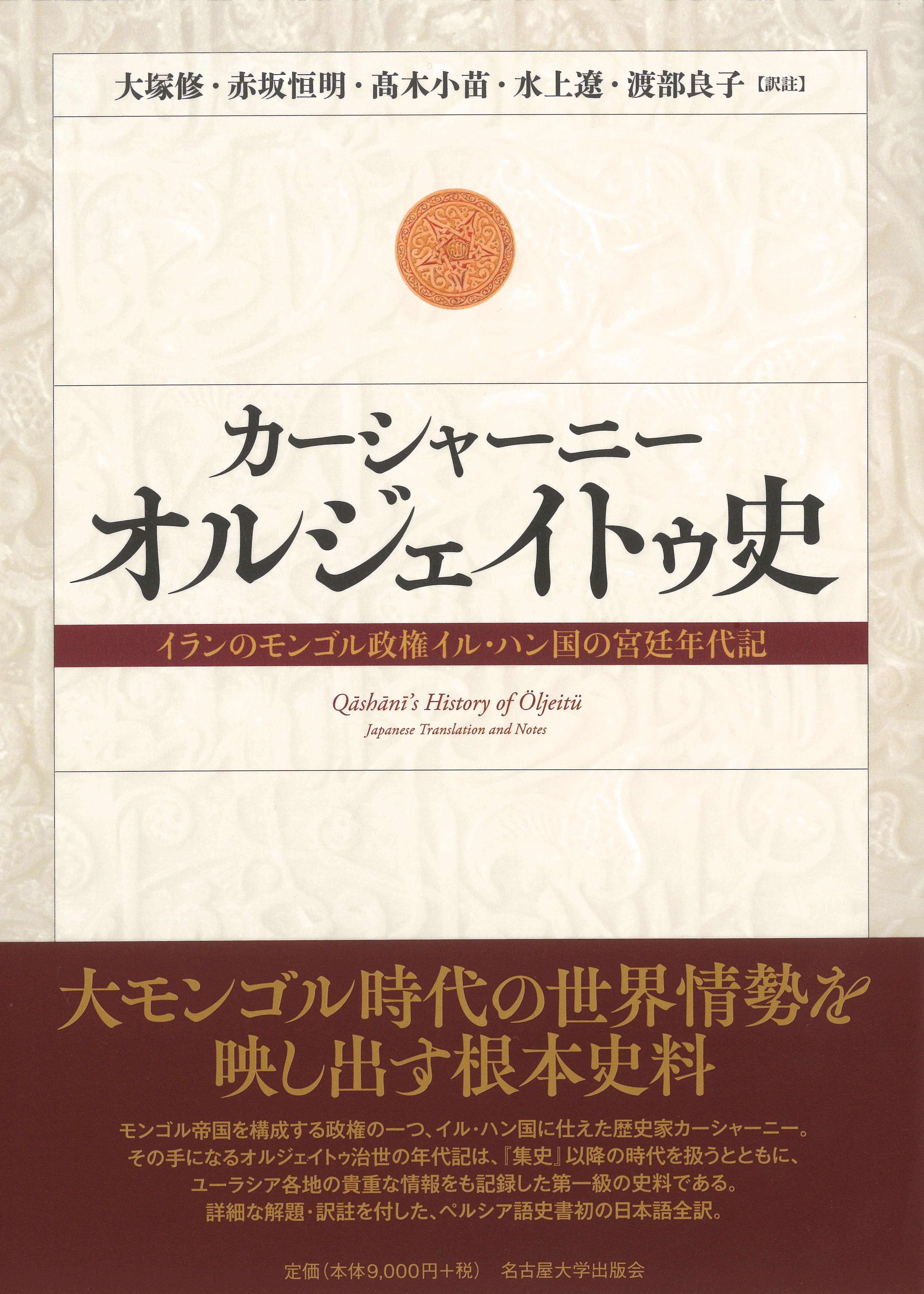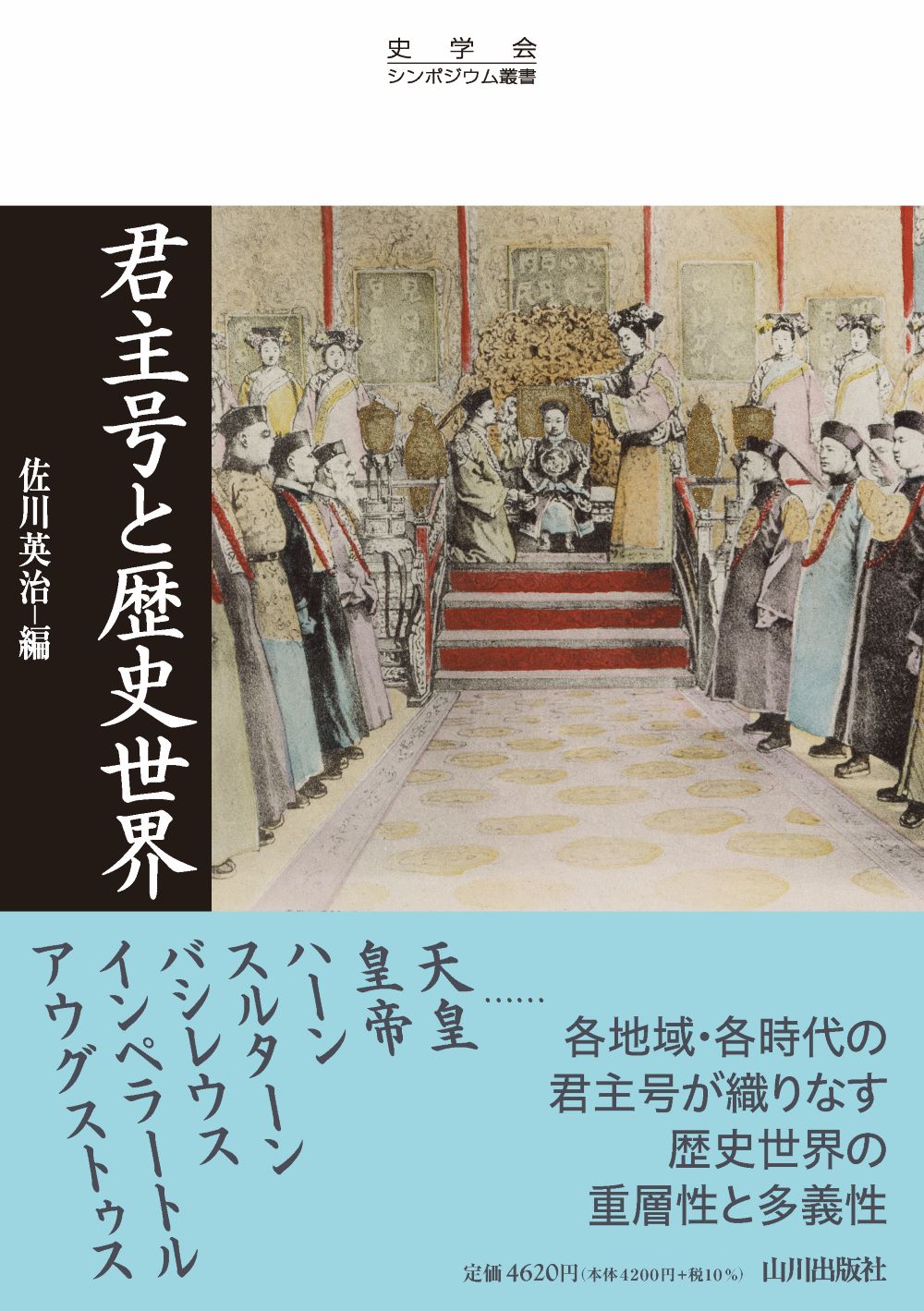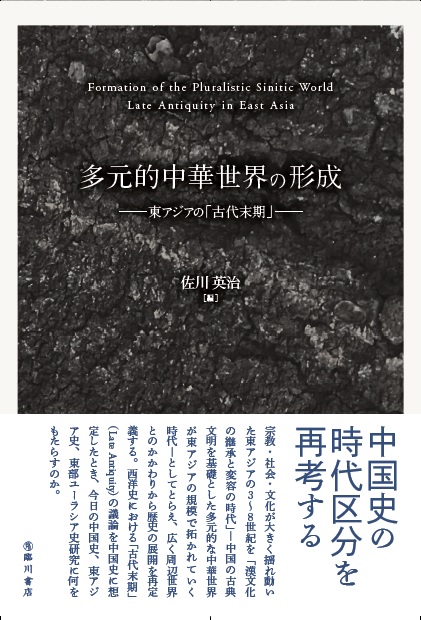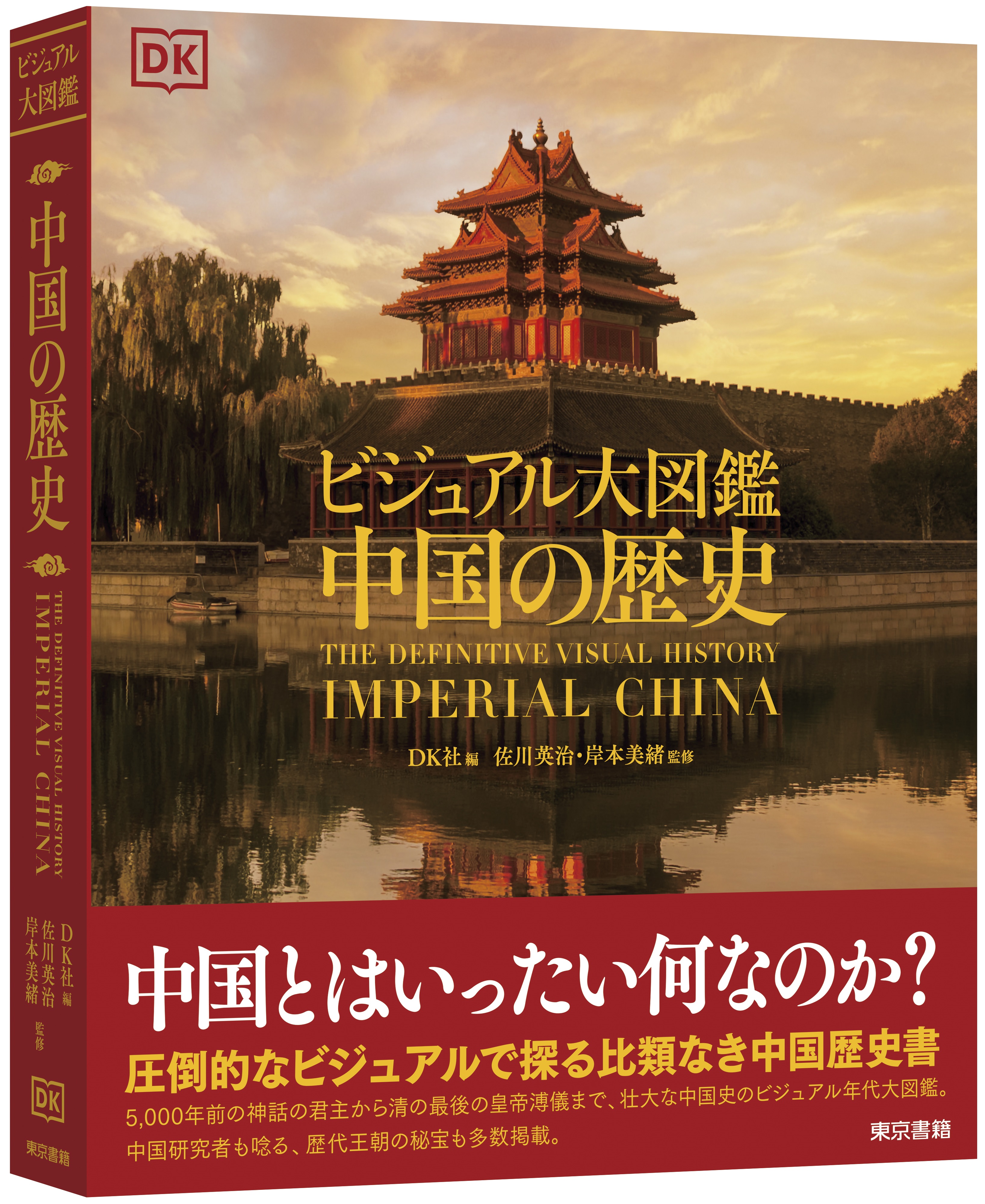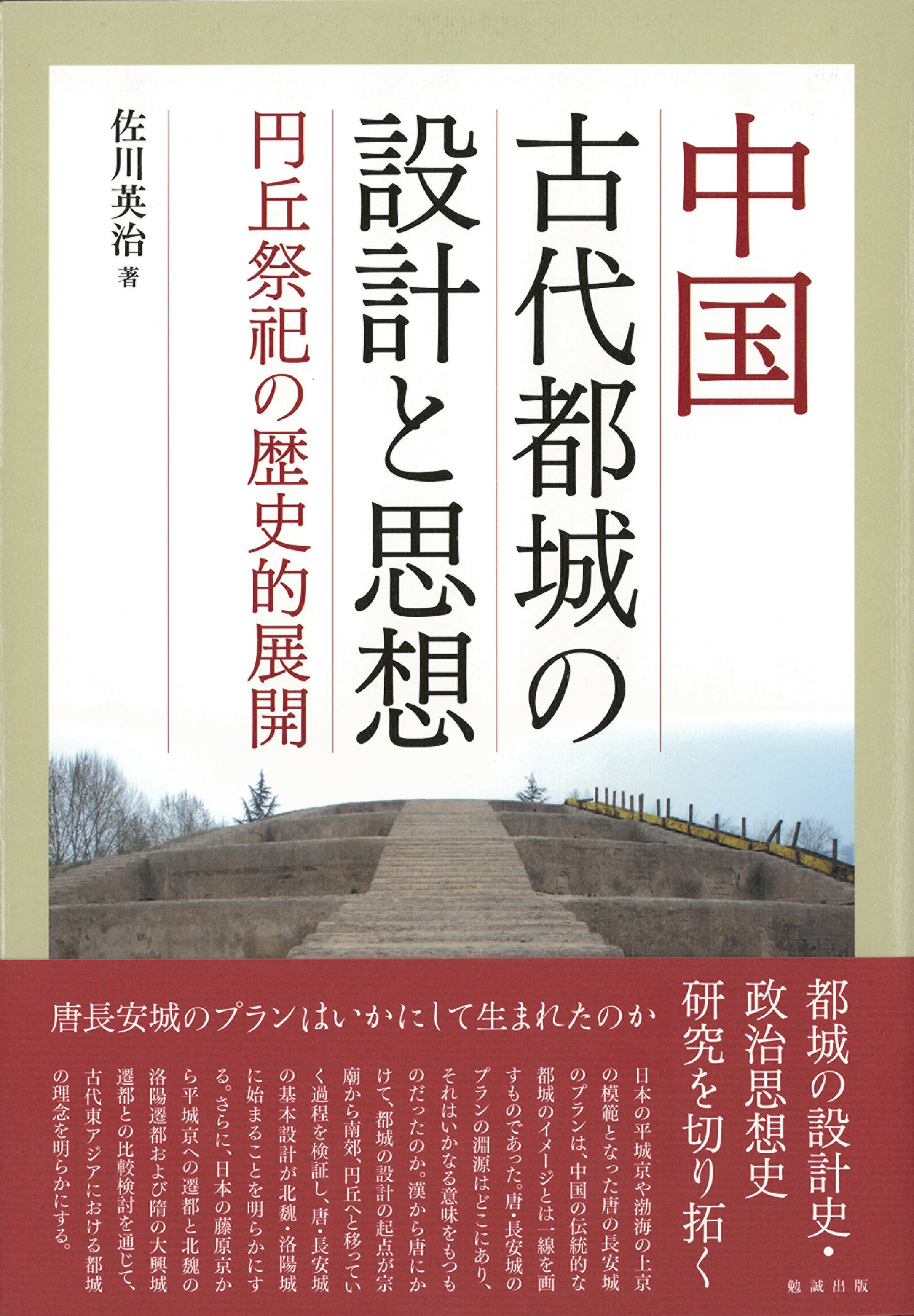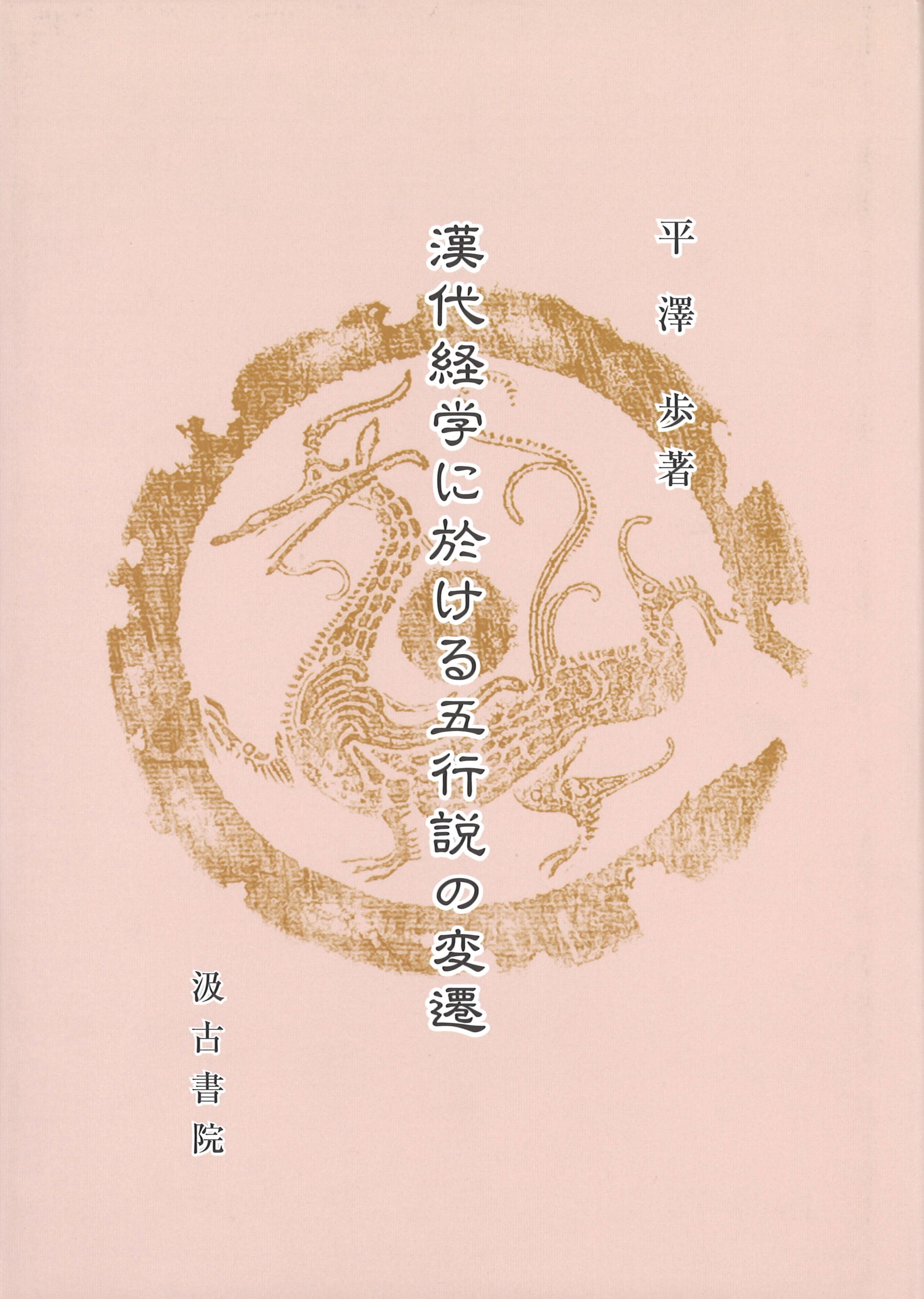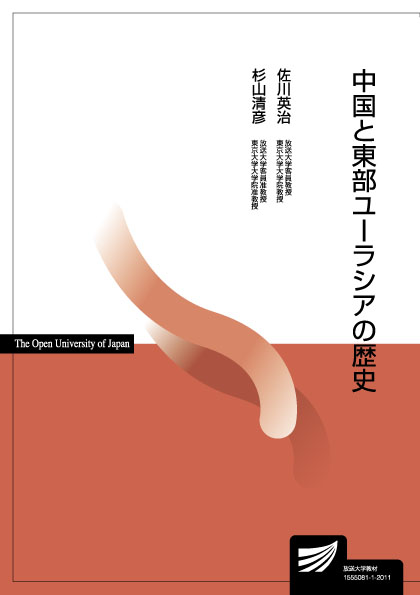
Title
Open University of Japan Teaching Materials Chugoku to Tōbu Eurasia (The History of China and Eastern Eurasia)
Size
300 pages, A5 format
Language
Japanese
Released
March, 2020
ISBN
978-4-595-32189-4
Published by
Foundation for the Promotion of The Open University of Japan
Book Info
See Book Availability at Library
Japanese Page
This book is the textbook for a course at the Open University of Japan called “The History of China and Eastern Eurasia,” which began in 2020. When I received the request to teach a course on Chinese history at the Open University of Japan, with its well-established reputation, I was a little hesitant to accept the request, for my speciality is pre-Tang Chinese history, and I was unsure about how to go about tackling China’s entire history. Of course, I knew from the outset that the course would be taught by several lecturers, since this had been the case with past courses at the Open University of Japan, and I did not of course have the ability to teach all of China’s history at a university level. Nonetheless, being an overall history, some sort of underlying theme was necessary. I then hit upon the idea of using as a keyword “Eastern Eurasia,” a term that has in recent years come to be frequently used in the field of ancient history.
“Eastern Eurasia” is broader in scope than “East Asia” as used in historical studies and covers China and neighbouring regions. But terms such as “neighbouring regions” or “surrounding regions” imply a certain Sinocentrism. In contrast, “Eastern Eurasia” represents an arena of history where China and various peoples have mutually influenced one another. The aim of this book is to view Chinese history from a broad perspective such as this. This being the case, one would normally have called it “The History of China within Eastern Eurasia.” There is a reason that it was instead called The History of China and Eastern Eurasia.
History is said to be the act of periodizing. But regardless of how many periods a country’s history may be divided into, it is a process that ultimately leads to the modern period, which was, moreover, the age of the nation-state. Consequently, the ancient and medieval periods are understood as stages of development leading to the nation-state of the modern period. This is only natural when one considers that modern historical research is a science that was born together with the formation of nation-states. Therefore, the “history of China” that became conceivable in the modern period was a discipline that regarded the nation-state of “China” as an end point and sought to clarify the process that led to this end point.
But when one moves away from any such “sense of purpose” and turns one’s attention to premodern history, the distinctive changes that occurred then were not necessarily progressing in a straight line towards the formation of a nation-state. Rather, unitary “unification” such as that attempted by the First Emperor failed, and there were also developments in the direction of seeking to “integrate” a multiethnic and pluralistic world in all its plurality under the aegis of Chinese rule. In present-day China, this history is in some respects manifesting as a strength absent in Euro-American-style nation-states, and in other respects it is manifesting as serious contradictions. The reason that we called this book The History of China and Eastern Eurasia was that we also wanted to delineate historical developments that did not lead to present-day China.
It was Professors Sugiyama Kiyohiko and Onodera Shirō who gave concrete shape to my simple idea and turned it into a general history of China. This book would not have become a reality without their understanding and cooperation, and I remain extremely grateful for having had the good fortune to gain the very best coauthors.
(Written by SAGAWA Eiji, Professor, Graduate School of Humanities and Sociology / 2021)



 Find a book
Find a book


